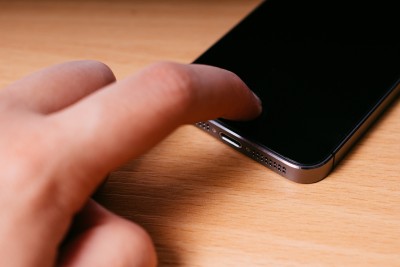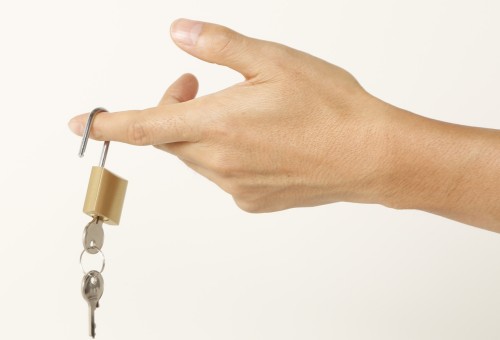生体情報の保護
生体情報保護の必要性
生体認証は、個人の身体的な特徴を利用するので、カードなどの所有物を利用する認証と違って紛失する可能性がなく、またパスワードなど利用者が記憶している内容を利用する認証と違って忘却する可能性もないという利点を持っている。 一方で、認証のための情報を変更することができないという性質を持っている。 生体情報が盗難され第三者に知られてしまうと、その情報を用いて生体認証を行うことがセキュリティ上の脅威になり得る。 また、同じ情報を複数のサービスで使用していた場合、あるサービスでの生体情報の漏洩が、他のサービスにも影響を及ぼしてしまう。
生体認証の普及に伴い、生体情報をどう保護していくかが大きなポイントとなってきている。
キャンセラブル生体認証
生体情報は、情報漏洩に備え暗号化して保持しているが、認証時に情報を復号する際に情報が漏洩するリスクがある。 そこで、情報を暗号化したまま認証を行う「キャンセラブル生体認証」という技術が開発されている。 元の生体情報に戻さないため、暗号化された情報が漏洩したとしても、暗号化のための鍵を変更すれば、漏洩した情報を用いて認証を行うことができない。 キャンセラブル生体認証の実現方法としては、準同型暗号を用いるものをはじめ、いくつかの方式が提案されている。
利用者の所有物内での生体情報保持
また、利用者の所有物の中に生体情報を保持する方法も実用化されている。 耐タンパー性を持つモジュール内に生体情報を格納することで、情報漏洩を防ぐ。
国内銀行ATMにおける、キャッシュカード内での生体情報格納が代表的である。
また、近年のモバイル生体認証も、生体情報をスマートフォン内に格納している。 これに関しては、新しい認証技術の標準化目指して2012年に発足したFIDO Alliance (Fast IDentify Online Aliance) において、UAF (Universal Authentication Framework) という標準プロトコルが策定され、多くのスマートフォンで採用されており、今後の標準になりつつある。

まとめ
近年、外部からの不正アクセスなどによる個人情報漏洩事件は増える一方であり、生体認証を利用する際の生体情報の漏洩に関して不安に思うかもしれない。
だが、上記のような技術を導入することで、多くのサービスでは十分な対策がとられている。 指紋や顔の偽造物を作成し生体認証を突破されるリスクを比較すると、生体情報漏洩のリスクはとても小さいと考えている。
本記事の著者

| 出口 豊 株式会社モフィリア 経営管理部門 技術推進部長 |



